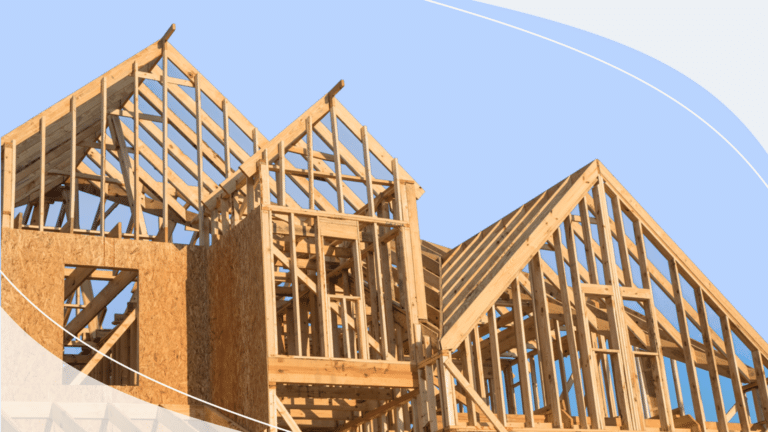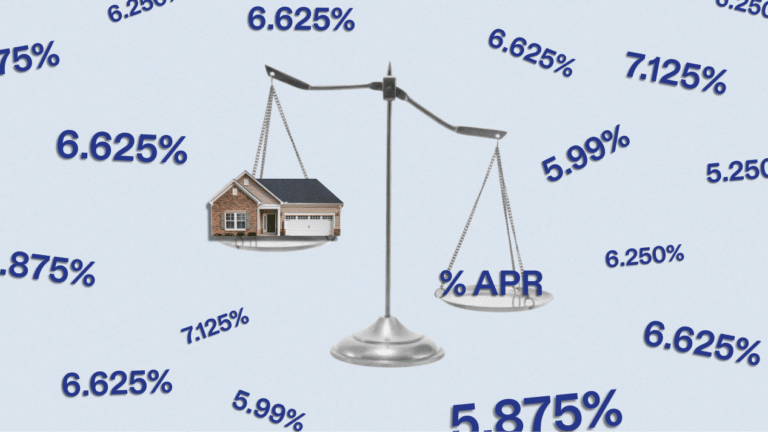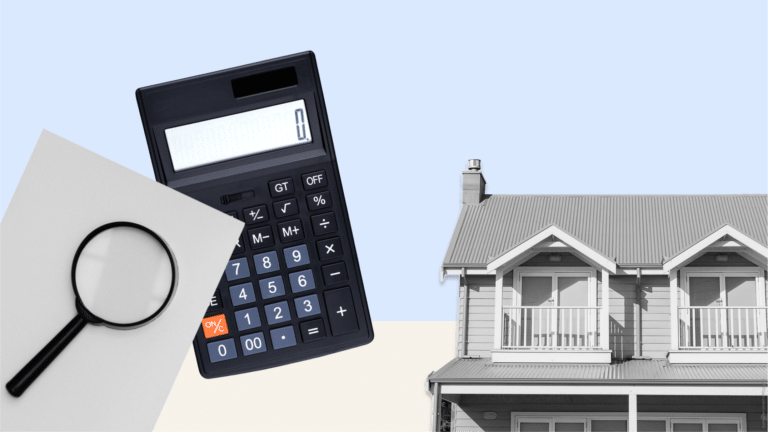Adjustable-rate mortgages (ARMs) are making a comeback as more homebuyers seek alternatives to 15- and 30-year fixed-rate mortgages. Market conditions today don’t look anything like they did leading up to 2008, but ARMs are still a more complex loan type, so we’re covering it in today’s newsletter. And whether it’s your first time here or you’ve been with us for a while, I hope The Morty Report delivers the mortgage guidance and insights you’re looking for. If not, let us know how we can do better at MortyReport@morty.com or on Twitter: @RobMortgages.
-Robert Heck, Vice President of Mortgage @ Morty
Key Points:
- As rates have gone up, so has the demand for adjustable-rate mortgages (ARMs).
- Volatility remains, as rates shift day-to-day amid economic uncertainty
- Buyer demand has been softening in response to decreasing affordability.
- Homebuilder sentiment has declined with the drop in buyer demand.
ICYMI: check out The Morty Report archives to catch up on previous editions.
Reader Question:
I thought adjustable-rate mortgages were considered to be really risky? Have things changed since the housing crash? – Jon H., Albuquerque, NM
Many people are (understandably) skeptical of ARMs because of the subprime mortgage crisis in 2008, but the market has changed considerably since then. Pre-crisis, a range of other variable rate loan products – interest-only, balloon payments, negative amortization – were all being offered widely to consumers with little to no advisory on how the structure of their loans would impact future payments.
Now, there are much more stringent regulations in place today that have been created to protect homebuyers: limits on loan adjustments, more stringent underwriting and credit requirements, and hybrid loan structures – just to name a few. But ARMs are more complex and certainly aren’t for everyone. We always encourage buyers to look closely at all of their options and their own financial situation to determine if an ARM makes sense for them.
Just the FAQs
Nervous about a housing crash?
It’s unlikely that we’re looking at a housing crash anytime soon, or that housing will be the leading driver of the next recession or credit crunch. The current supply vs. demand dynamics are significantly different than in the early 2000s.
Looking for a competitive buying advantage?
Moving quickly has never been more important. We’re seeing buyers across the board who are understandably anxious to lock in a rate and close on a home, so at Morty, we’ve been focused on expedited closings in 22 days or less.
This quick-close option allows buyers to be competitive when making an offer and move quickly through the closing process. Along with our Closing Date Promise for traditional timelines, you can get to the finish line more confidently with Morty’s closing programs.
Do adjustable rates mean greater risk?
Homebuyers should approach ARMs with some degree of caution – they’re a more complex option than a fixed-rate mortgage. Generally speaking, ARMs are an attractive option if you only plan to live there for a few years. Before an ARM enters its adjustable rate period, you can also look into refinancing into another ARM or a fixed-rate loan – but this isn’t a guarantee.
The bottom line is that it depends on a number of factors, and shopping around to understand all of your loan options is a smart way to assess the risk for your individual situation. Using a mortgage marketplace like Morty is an easy way to access all available options at once.
Not sure what to do? We can help! Drop us a line on Twitter @himorty or email MortyReport@morty.com.
Market factors: apps fall, builders worry
Mortgage applications decreased for the first time in three weeks, down 11% compared to the prior week. As the market tries to settle in at higher rate levels, buyer demand has noticeably softened – an indication that decreasing affordability is starting to have a bigger impact on the market. But things differ greatly market-to-market; the inventory situation remains dire in many locations, which can prop up demand.
On the inventory front, even homebuilders are beginning to see a drop in demand as well. Affordability is impacting those looking to purchase new homes, especially entry-level and first-time homebuyers. And homebuilder sentiment has dropped substantially due to a combination of decreasing demand and the continued high cost of materials.
As covered last week, where things head from here really comes down to inflation and whether or not the market continues to settle in at these rate levels. If inflation were to spiral out of control and spur the Fed to take even more aggressive action, rates could rise to a level that could send demand and affordability into a steeper downward spiral than the decrease we’re seeing currently.
That said, current market indicators are not projecting interest rate levels in the next ten years to reach a level that would send mortgage benchmarks above 7%. This and other market indicators suggest that we’ll settle in at these levels and adjust to these rates as a new norm.









